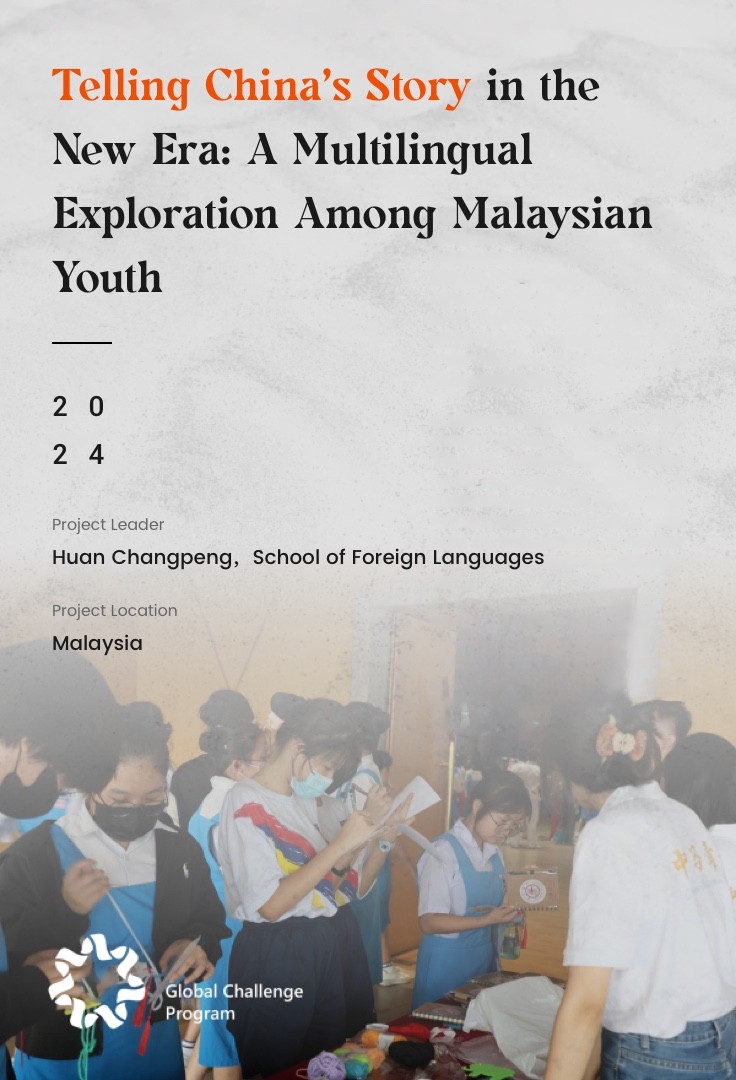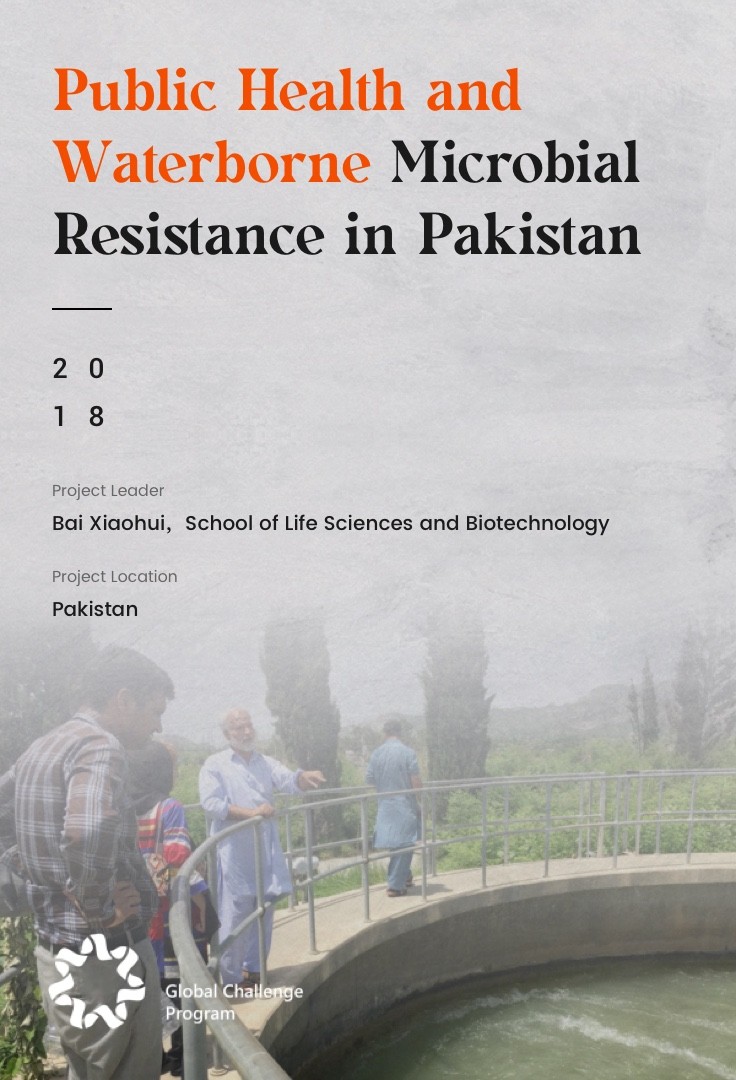Project Leader,Chen Ruishan,School of Design
Project Location,South Africa, Namibia, China (Gansu, Qinghai, Ningxia, Shaanxi, Inner Mongolia)
Global climate change and carbon reduction efforts have accelerated the use of renewable energy, particularly the rapid growth of solar energy. In southern African countries such as South Africa and Namibia, frequent power shortages have become a major barrier to social stability and economic development. However, these regions are rich in solar resources and have tremendous development potential. China’s solar technology is highly mature, with a complete supply chain and an innovative model combining solar energy with ecological restoration and rural revitalization. Through cooperation with African countries, this model not only helps address local energy shortages, but also supports ecological restoration and poverty reduction—advancing multiple sustainability goals.
Over the course of 18 days, the project team traveled through more than 10 cities across China, covering over 30,000 kilometers. In South Africa and Namibia, they visited government departments, enterprises, rural villages, and local schools. Their visits included remote farming areas and desert communities to gain a firsthand understanding of local conditions. Through expert interviews, forums, and data analysis, the team explored how China’s experience in solar energy, rural revitalization, and ecological restoration could be shared. They gained a deep understanding of solar development needs in South Africa and Namibia, and evaluated the potential for applying China’s "Solar+" model to support sustainable growth. By sharing real stories and showcasing China’s strengths in clean energy and innovation, the project supports green transitions in Africa, while offering new platforms for global cooperation on climate action and the UN 2030 Sustainable Development Goals.



